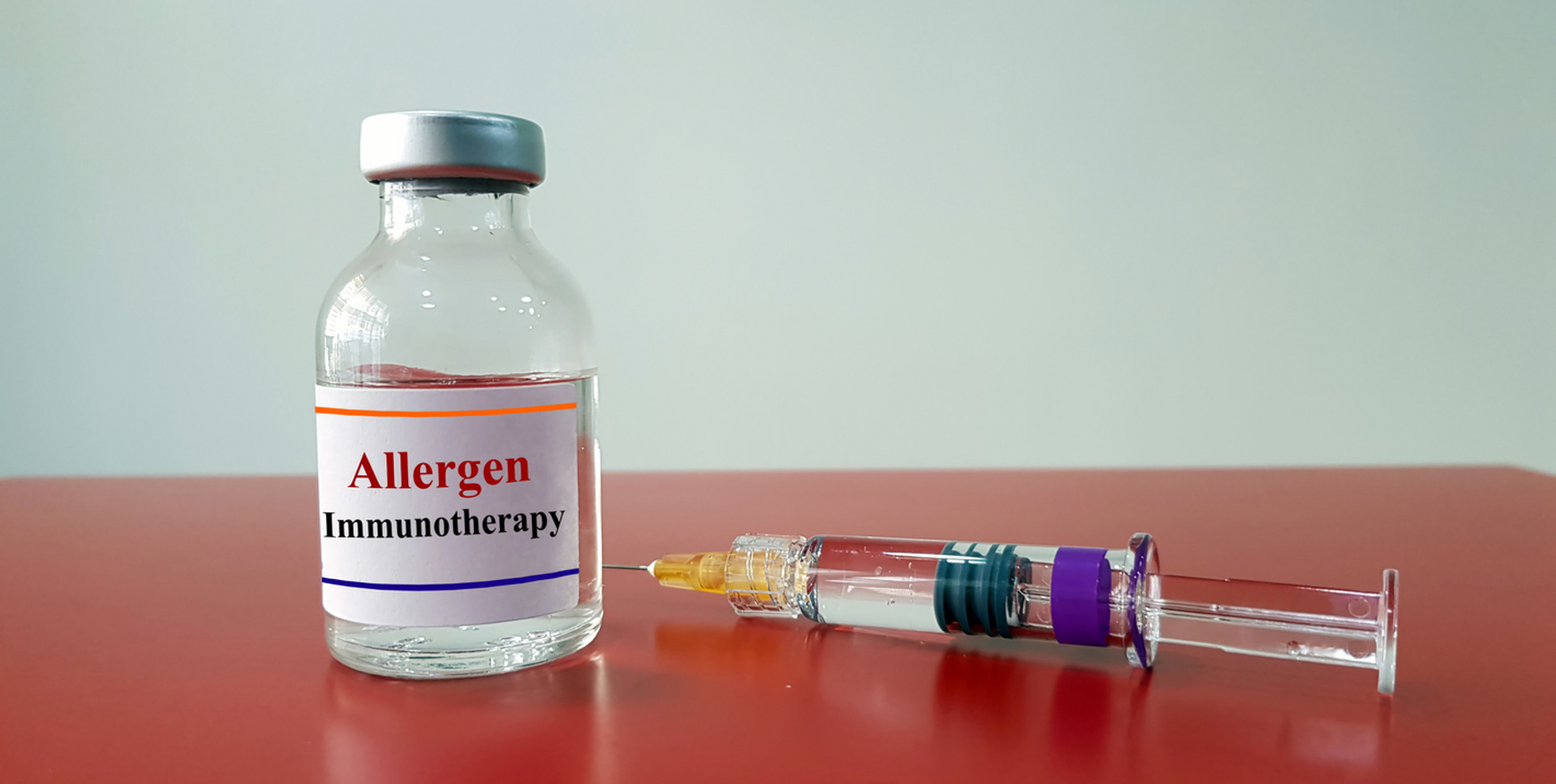
Specific immunotherapy (SIT), or allergen-specific immunotherapy, is a method of treating allergic diseases in which the body gradually adapts to the allergen that causes the reaction. The essence of SIT is the introduction of increasing doses of the allergen into the patient's body, which helps to reduce sensitivity to it and reduce the manifestation of allergic reactions.
SIT is used for allergic reactions to pollen (hay fever), dust mites, animal hair, mold and some other allergens. It is most often prescribed for allergic rhinitis, conjunctivitis and bronchial asthma associated with allergens.
During specific immunotherapy, the patient receives small, gradually increasing doses of the allergen. This helps the immune system get used to the allergen, reducing its reaction to it. SIT is believed to affect the immune system cells responsible for producing antibodies and helps reduce the level of IgE antibodies that cause an allergic reaction and increase the level of blocking IgG antibodies.
How is specific immunotherapy performed?
The SIT procedure is usually carried out in two stages: initial (saturation) and maintenance.
- Initial stage (saturation phase). During this stage, the patient is given gradually increasing doses of the allergen. They start with small doses that are increased every week. Depending on the SIT method, saturation can last from several weeks to several months.
- Maintenance stage. After reaching the optimal dose of the allergen, maintenance therapy is carried out, during which the patient receives maintenance doses of the allergen at certain intervals. This stage lasts from 3 to 5 years to achieve stable tolerance to the allergen.
Methods of allergen administration in SIT
There are several methods of conducting SIT:
- Subcutaneous specific immunotherapy (SCIT). The allergen is injected subcutaneously in small doses. This is the most common method of SIT, but it requires regular visits to the doctor, as the injections are given under the supervision of a specialist due to the risk of adverse reactions.
- Sublingual specific immunotherapy (SLIT). The allergen is administered under the tongue in the form of drops or tablets that the patient can take at home. This method is more convenient for patients, as it does not require injections.
- Oral and nasal SIT. The allergen is administered via drops or spray into the nose or mouth. This method is used less frequently and is usually not suitable for patients with high sensitivities.
Specific immunotherapy in Belarus is an effective method of treating allergies, aimed at reducing sensitivity to the allergen and improving the patient's quality of life. SIT helps reduce allergy symptoms, prevent complications and provides a long-lasting effect.
Before starting therapy, it is important to consult an allergist to rule out contraindications and select the optimal course of treatment.

